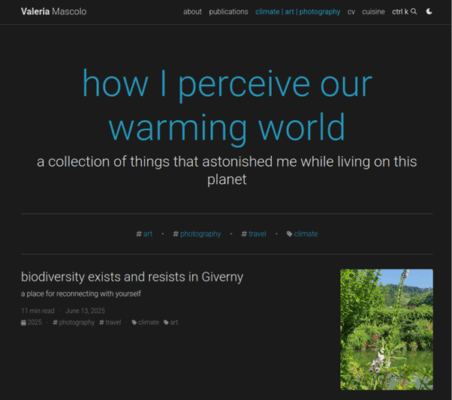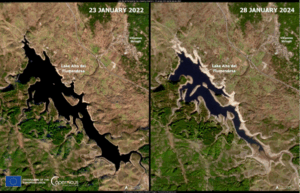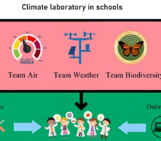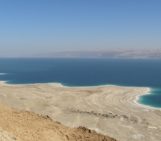
It took me many travels, experiences, and an entire PhD on climate-related topics to realize that all these dots could be connected. How I Perceive Our Warming World is a blog at the intersection of my life passions: travel, art, and climate. It is not about travel, nor about art, nor about climate alone: it is about all of them together. Each of these passions offers a different lens through which to read our world. Although they may seem distant, I find them deeply interconnected, and this blog is my personal way of bridging data and evidence with emotion and aesthetics. Science and art are more closely related than we often think, and nurturing this connection can enrich both.
Writing about climate means writing about a fragile beauty that asks to be seen, listened to, and, hopefully, protected. I became aware of this fragility when I started to wonder how the places I have visited and loved are changing, and will continue to change, under the effects of climate change. As a climate scientist, this awareness has become both a responsibility and a motivation to keep standing in the way I can stand best: writing. It grew into a burning need, a way to stay aligned with my values, because people need to know.

Image courtesy of the United Nations, https://www.un.org/en/climatechange/science/climate-issues/biodiversity
Last June, I visited Monet’s gardens in Giverny and was astonished by the biodiversity thriving in such a small space. When I returned home, I did my research and found that climate change has altered marine, terrestrial, and freshwater ecosystems around the world. It has caused the loss of local species, increased diseases, and driven mass mortality of plants and animals, resulting in the first climate-driven extinctions. Every increment of warming matters. This connection between lived experience and research, often in areas beyond my own expertise, became the spark for my latest blog post.

Image courtesy of Copernicus. These images of Lake Alto del Flumendosa, which supplies fresh water to a large part of eastern Sardinia were acquired by one of the Copernicus Sentinel-2 satellites on 23/01/2022 and 28/01/2024 and show the significant decrease in the water level of the reservoir.
In another post, I write about a similar experience: some years ago, I found what I called my locus amoenus, a Latin topos translatable as “place without walls,” or, less naively, a non-place where the soul finds solace and refuge. For me, that place is Sardinia, an island in the middle of the Mediterranean Sea with Caribbean-like waters. This island is projected to experience a significant increase in temperature and a decrease in precipitation, no matter which climate scenario one follows, though the low-emission pathway would bring the least harmful impacts. This basin, rich in biodiversity, is therefore at great risk under the effects of climate change.
I believe that most people are genuinely concerned about climate change and its impacts, even if their levels of engagement differ. And as scientists, we know that we need everyone to be involved in addressing it, each in a way that aligns with their own values and capacities. This is why all the posts on my blog are intentionally light on numbers and statistics. For me, communicating science is not just about presenting a list of facts with error bars: I struggle to believe that this approach alone can reach everyone. Instead, I try to connect with real-life experiences that anyone might have, and emotions that anyone can relate to. I see this as an important branch of science communication: one that seeks to empathize with the reader, who might otherwise feel distant from climate science. After all, climate is real, and so are its effects.
In the future, I plan to continue writing other posts following my travels and exploring the link with art deeper. Any suggestions or comments are welcome!
If beauty is our way of seeing the world, how much of it are we willing to let disappear?
I chose my side of history, did you?


